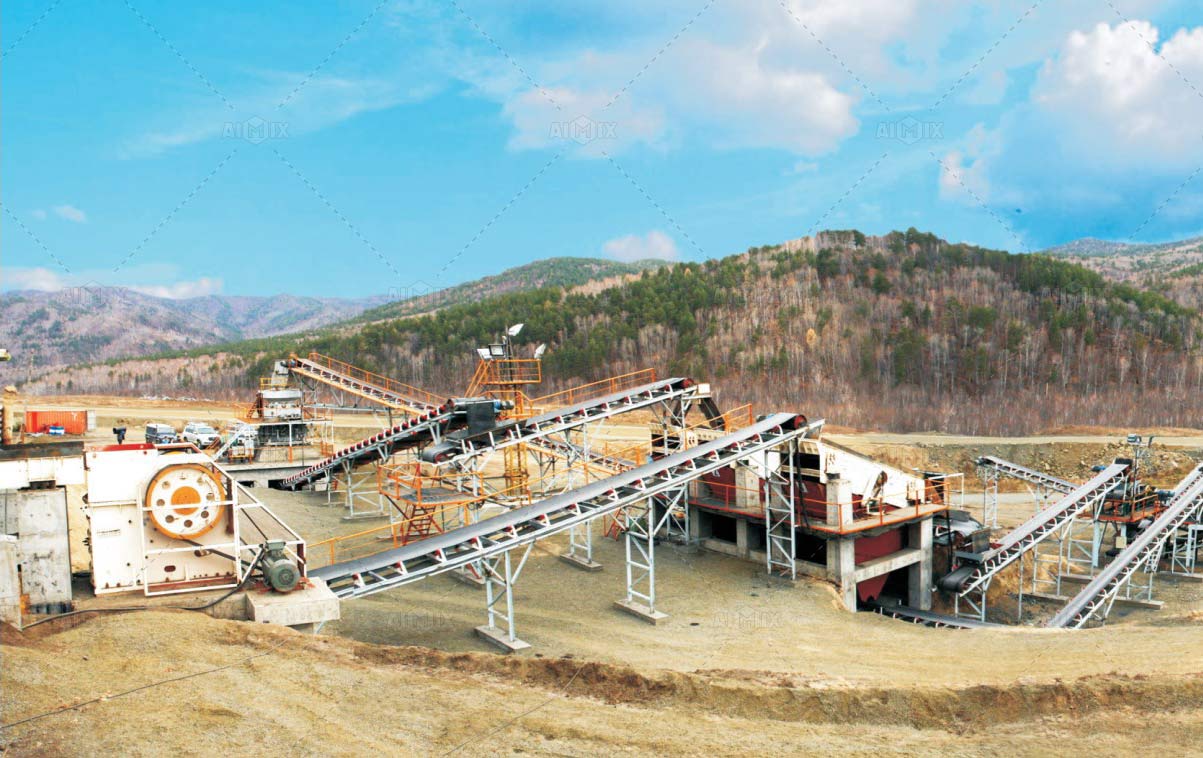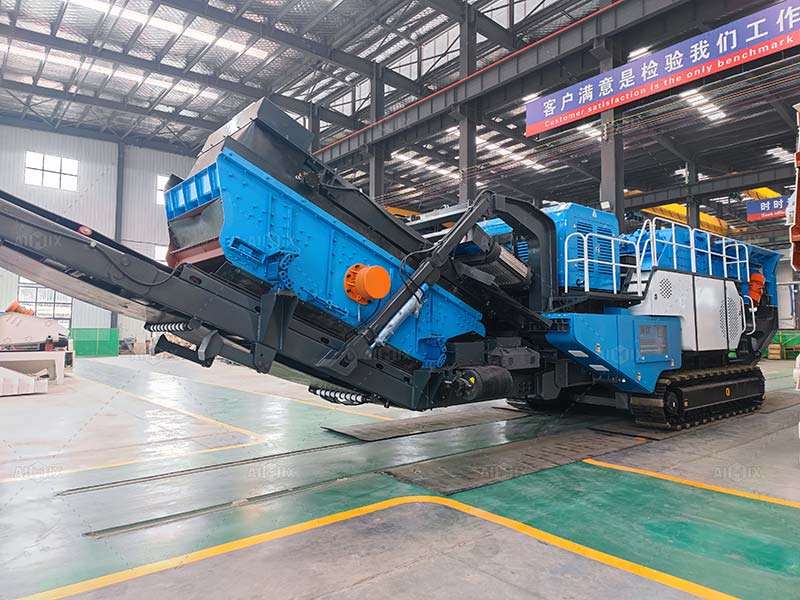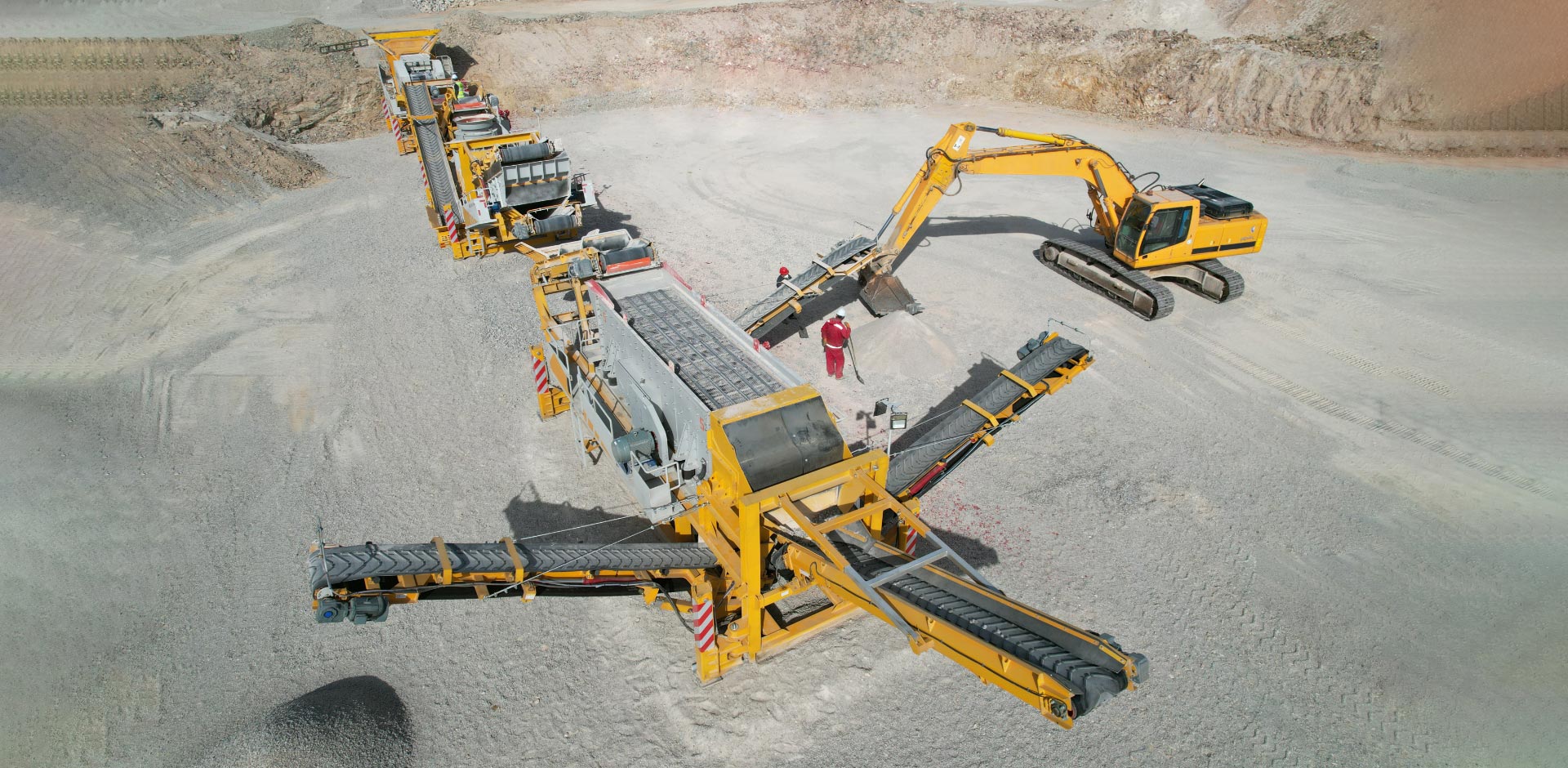Designing a granite crusher plant layout requires meticulous planning and a comprehensive understanding of the site-specific factors that influence the arrangement of various components. A well-thought-out layout not only maximizes the efficiency of the granite crushing plant but also ensures the smooth flow of operations and optimal utilization of resources. Here’s a step-by-step guide to help you create an effective and efficient stone crushing plant layout.
Analyzing Site Requirements and Constraints
1. Site Assessment:
Conduct a thorough assessment of the site where the crushing plant(la planta trituradora) will be established. Evaluate factors such as topography, soil composition, and accessibility to determine the feasibility and practicality of the proposed layout. Understanding these site-specific variables is crucial for devising a layout that seamlessly integrates with the natural environment and optimizes the utilization of available resources.

2. Environmental Considerations:
Take into account the environmental regulations and considerations pertaining to the establishment of aggregate crushing plants. Ensure compliance with local environmental guidelines and standards to mitigate potential risks and minimize the environmental footprint of the aggregates plant(plantas de agregados). Incorporating eco-friendly features into the layout design fosters sustainable operations and enhances the overall reputation of the plant within the community.
Optimizing Equipment Placement and Workflow
1. Equipment Selection:
Select the appropriate machinery and equipment based on the specific requirements of the granite crushing plant. Consider factors such as production capacity, energy efficiency, and maintenance requirements when choosing crushers, screens, conveyors, and other essential components. Opt for high-quality, durable equipment that aligns with the production goals and long-term operational objectives of the plant.
2. Workflow Efficiency:
Streamline the workflow by strategically placing the equipment within the layout. Ensure a logical and efficient flow of materials from the initial stage of raw material feeding to the final stage of aggregate processing and storage. Implementing an optimized workflow minimizes bottlenecks, reduces downtime, and enhances the overall productivity of the crushing plant.
Click here now: https://aimixtrituradora.com/planta-trituradora-de-granito
Integrating Safety Measures and Maintenance Protocols
1. Safety Standards:
Incorporate comprehensive safety measures into the design to create a secure working environment for the plant personnel. Implement safety protocols, such as installing protective guards, providing emergency stop mechanisms, and conducting regular safety training sessions, to prevent workplace accidents and promote a culture of safety within the stone crushing plant.
2. Maintenance Planning:
Develop a systematic maintenance plan that encompasses regular inspections, routine servicing, and timely repairs of the machinery and equipment. Establish a proactive maintenance schedule to ensure the smooth functioning of the crushing plant and to minimize the risk of unexpected breakdowns or operational disruptions. Prioritizing maintenance contributes to the longevity and efficiency of the equipment(longevidad y eficiencia del equipo), thereby optimizing the overall performance of the granite crusher plant.

Conclusion
Designing an effective granite crusher plant layout demands a comprehensive understanding of site-specific requirements, workflow optimization, and the integration of safety and maintenance protocols. By meticulously analyzing site constraints, selecting the appropriate equipment, and prioritizing safety and maintenance, you can create a well-structured layout that maximizes the efficiency and productivity of the stone crushing plant. Emphasize sustainability and long-term operational success by incorporating eco-friendly practices and adhering to industry-specific standards and regulations.
